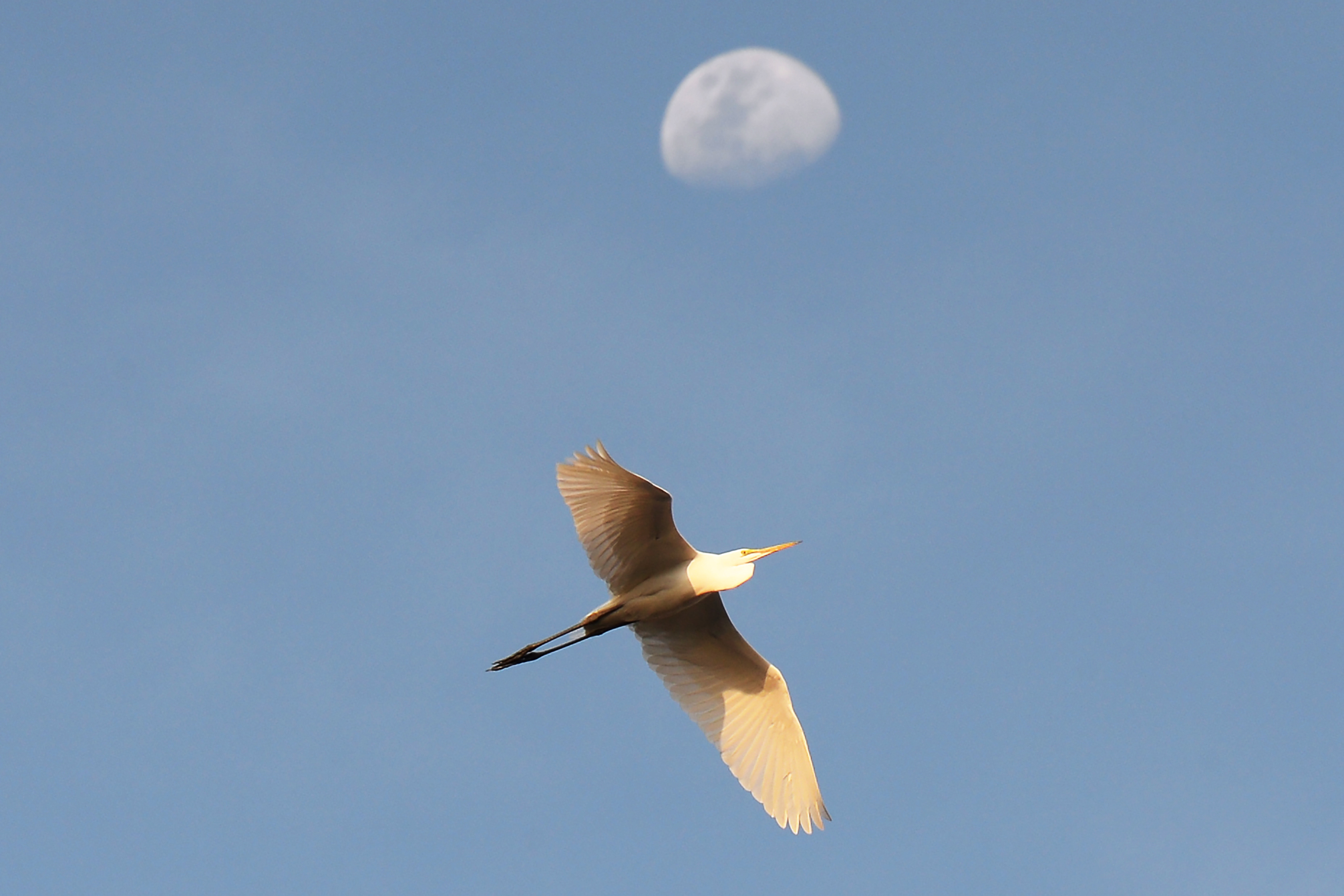The Philippines declared its first ever outbreak of the H5 strain of bird flu on Friday, but said there had been no cases of humans infected.
An immediate cull was ordered for all chicken, ducks and quail within a kilometre (0.6 miles) of the infected poultry in San Luis town, north of Manila, said Agriculture Secretary Emmanuel Pinol.
The health department was meanwhile monitoring the health of farm workers exposed to the infected birds, he added.
"So far we do not have any reported animal to human transmissions," Pinol told a news conference.
Pinol said the infected birds tested positive for avian influenza Type A, sub-type H5.
The avian flu strains that have been known to jump to humans are the H5N1 and H5N7 subtypes, said Celia Carlos, director of the health department's Research Institute for Tropical Medicine.
Philippine officials have not yet said which H5 subtype the infected birds carried.
"The transmission risk is low, but the mortality is high. It is a concern," said Carlos, especially for infants as well as people suffering from other ailments.
The World Health Organization has monitored 453 human deaths from 859 cases of avian influenza since 2000, with Asia accounting for 41 percent of all cases. The Philippines had not previously reported any human cases, according to WHO data.
About 200,000 birds would have to be put down and their carcasses buried, Pinol said, adding farmers would be compensated.
The six infected Philippine farms only sold their products to local consumers and none had been exported, Pinol said. However, the outbreak began in April and the farm owners had neglected to report it to the authorities immediately, he added.
To prevent the potential spread of avian flu, the government has banned the transport of all poultry products from within seven kilometres of the infected farms, Pinol said.
He said the authorities suspect the virus could have been spread by migratory birds or from smuggled poultry products.
San Luis, about 60 kilometres (37 miles) north of Manila, is close to the Candaba swamps, a major way station and destination for migratory birds who move out of the Asian mainland during winter. – AFP
